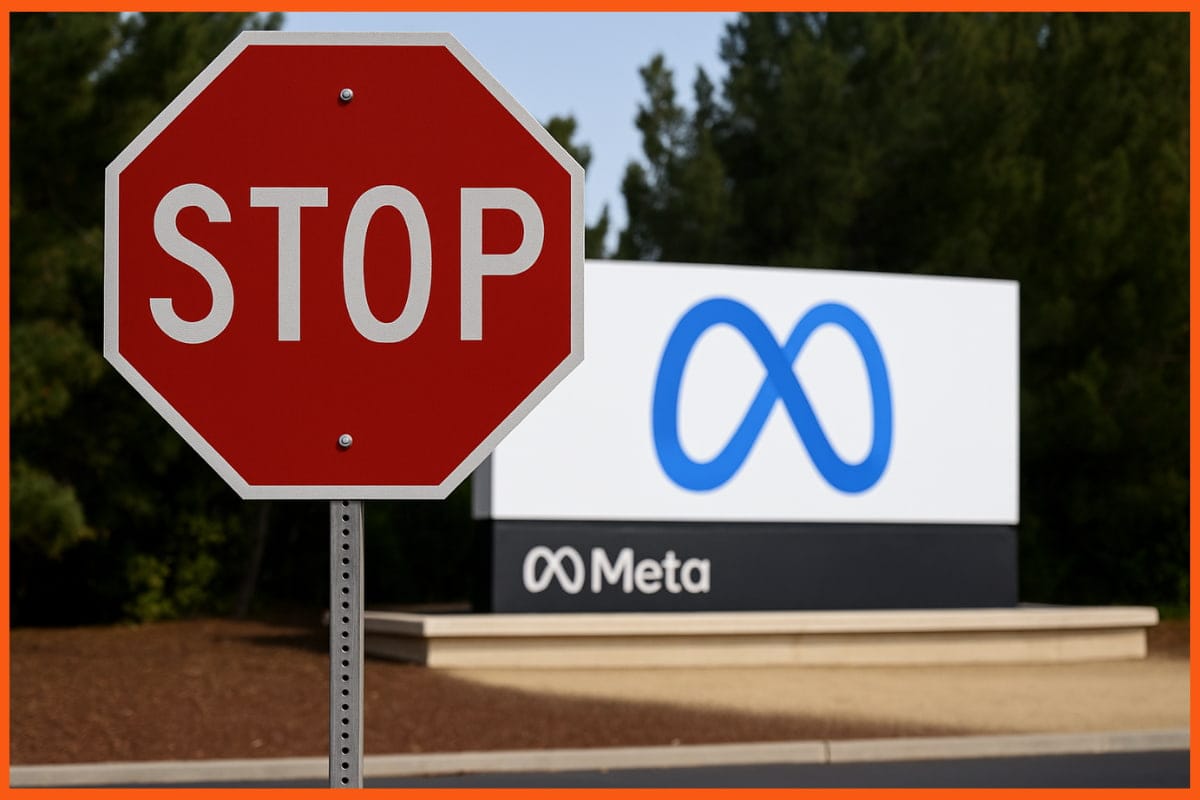BlackSoil Capital, the Non-Banking Financial Company of BlackSoil Group, has raised ₹210 crore in debt in the first half of 2025 (Jan to Jun). The fundraise highlights BlackSoil’s expanding role as a trusted alternative credit partner for India’s SMEs and high-growth businesses.
Despite the ongoing NBFC crisis and softening sentiment in credit markets, BlackSoil’s ability to mobilise fresh capital demonstrates strong investor confidence in its robust risk management, diversified granular portfolio, and proven track record in SME-focused alternative credit lending.
The majority of the latest capital raise came through Non-Convertible Debentures (NCDs) and co-investments from marquee family offices and HNIs. New lenders include global impact investor GrayMatters Capital and a public sector financial institution, alongside repeat participation from three existing lenders. This growing base of banks, NBFCs, and institutional partners reinforces BlackSoil’s resilience, borrowing capacity and expanding market presence.
The fresh capital will fuel BlackSoil’s SME-focused sector-agnostic lending strategy, with SMEs forming 80% of its portfolio across AgriTech, ClimateTech, EVs, SaaS, Healthcare, FinTech, and B2B platforms. A key driver is supply chain finance, where its arm SaralSCF provides tailored working capital solutions to ease liquidity and cash flow gaps for SMEs.
BlackSoil Capital’s SME lending capabilities are set to further expand through its strategic merger with Caspian Debt, a pioneering impact investor with a deep SME lending franchise. Once approved by the National Company Law Tribunal (NCLT), the combined entity will create a comprehensive alternative credit platform for SME lending, enhancing BlackSoil’s reach across sectors and geographies.
Chirag Shah, President – Fundraising & Strategy, BlackSoil, said, “This fundraise reinforces BlackSoil’s differentiated position in India’s alternative credit landscape. The demand for non-dilutive, flexible capital is accelerating, particularly from SMEs that form the backbone of India’s economy. With the upcoming merger with Caspian Debt and the growing scale of SaralSCF, we are doubling down on enabling SMEs to scale sustainably while retaining ownership.”
The Company’s portfolio spans ten unicorns and eight publicly listed entities. In the enterprise segment, it includes leading names such as Yatra.com, ideaForge, BlueStone, MobiKwik, Curefoods, Battery Smart, Jumbotail, and Moneyview. In the SME segment, the portfolio features Cellecor Gadgets, Manba Finance, Dar Capital, Parag Milk, among others. This diversified exposure reflects BlackSoil’s ability to back both emerging SMEs and category leaders, while effectively mitigating risk.
With India witnessing rapid digital adoption, SME-driven economic growth, and structural shifts in the financing landscape, BlackSoil is well-positioned to continue unlocking innovative credit solutions and accelerate the next phase of SME empowerment.
About BlackSoil
Established in 2016, BlackSoil is an alternative credit platform comprising an RBI-registered systemically important NBFC and a SEBI-registered AIF. It provides alternative credit debt to Small and Medium Enterprises (SME), emerging corporates, financial institutions, and supply chain finance solutions for Micro, Small and Medium Enterprise (MSME) channel partners. The credit solutions, offered by BlackSoil, are designed to help fast-growing, scalable and underserved new economy businesses with their short-term financing needs.





